One of the most popular dive sites on the St. Lawrence River is the remains of the sunken schooner A.E. Vickery, off Rock Island Lighthouse near Clayton. At one time, it was thought the name of the sunken vessel was the Victoria, but research proved it was actually the A.E. Vickery, which struck a shoal and sank, late on the evening of August 15, 1889.
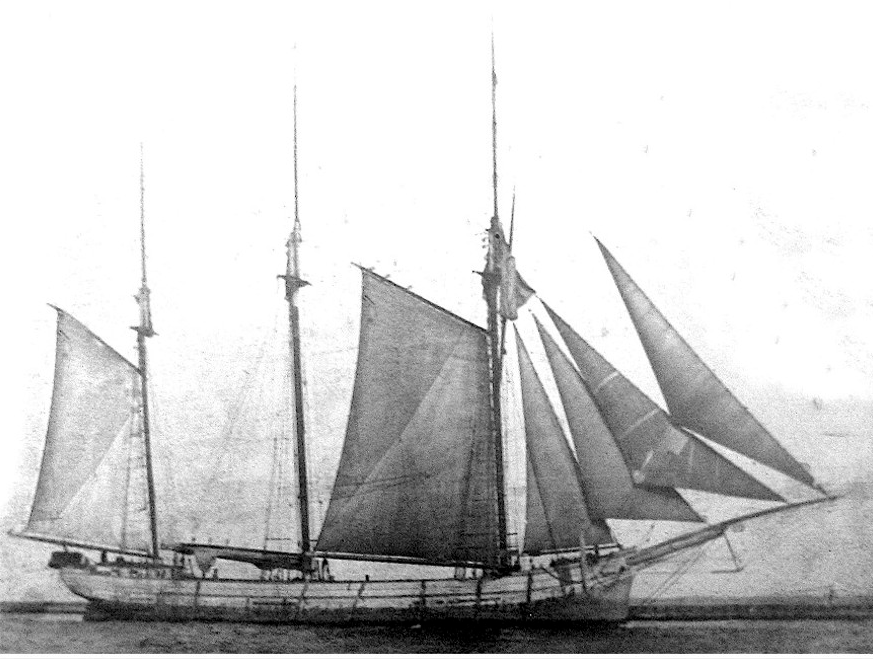
The Sinking
The three-master left Chicago on August 5, with a cargo of 21,000 bushels of grain consigned to the J. B. Wiser Distillery in Prescott, ON. Shortly before the incident occurred, river pilot Henry Webber Jr., the son of Captain Henry Webber Sr. of Clayton, had come aboard at Fishers Landing, to take the Vickery downriver.
Pilot Webber was aboard for barely 15 minutes when the vessel suddenly struck the shoal at 10:15 p.m. A stiff wind was blowing at the time.
When Captain John Massey discovered what had happened, he was so angry that he rushed to his cabin, grabbed his revolver, and returned topside. He started cursing out Webber for being so careless and aimed the gun at him. He got off one shot, but the bullet ricocheted into the deck. Captain Massey was about to fire again when his brother, the mate, rushed up on deck and knocked the gun out of his hand; the gun dropped into the River.
Webber unsuccessfully tried to escape but was quickly apprehended. He was asked to produce his pilot's license, which he did. According to newspaper accounts, "he then made himself scarce." Webber was the son of Captain Henry Webber Sr. of Clayton, who was also a River pilot.
Captain Massey, who said he'd sailed the River aboard the Vickery at least a dozen times, said he was ready to shoot Webber, but fortunately, cooler l heads soon prevailed. He had commanded the vessel for seven years. It was not recorded if any legal action was taken against him.
As the ship filled with water, the captain and four crewmen scrambled into the yawl boat, with what belongings they could save, and made it safely to shore. The vessel quickly sunk in the channel, in about 50 feet of water, off Rock Island Lighthouse. Some of the grain aboard escaped from the hold; it was rumored that the grain was scooped up by local residents, who rowed out to the scene, before the grain became too waterlogged.
But the story didn't end there. The following spring, after the vessel had been libeled* for a claim over salvage rights, a U.S. Marshal was sent to post a notice of seizure on the vessel. Unfortunately, he wasn't aware that the Vickery was 100 feet underwater. Undaunted, the marshal donned a suit of diving armor, to make his seizure in true naval style. But not finding a convenient place to affix the notice, he returned to the surface and posted it on a nearby tree.
Underwater photo of the A.E. Vickery located off Rock Island Light in the American Channel. [Photo courtesy of the author]
The Ship
The three-masted schooner was built by noted shipbuilder Asa Wilcox, at Three Mile Bay, NY. in 1861 as the J. B. Penfield (US #13303). She was 136 feet long, 26 feet wide, had a 10-foot hold, and was registered at 291 tons. Her original owners were Duncan M. Callum and Asa Wilcox, and she was originally enrolled** at Oswego as the J. B. Penfield. She was sold to J.T. Vickery, of Vickery & Co., a Chicago shipping firm, and renamed A.E. Vickery on February 25, 1884. At the time that she struck the shoal, she was valued at $20,000 and the cargo was worth $10,000.
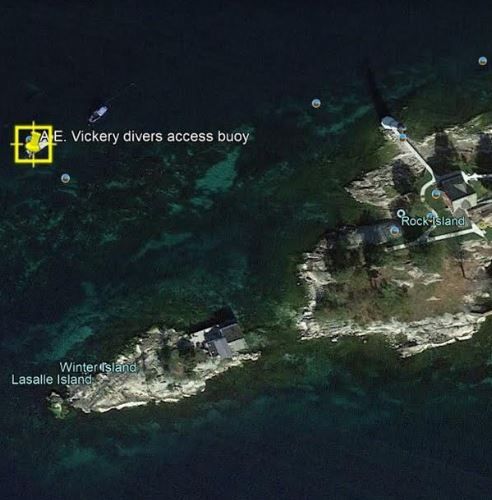
The Wreck
The day after the grounding, the vessel drifted off the shoal into deeper water, with only the spars showing. She was only partially insured. It was abandoned by the owners to the underwriters. Eventually, she was declared a total loss, with some salvable items sold at a sheriff's sale. Later, the masts were removed because they were a hazard to navigation. Over the years, various remnants of the wreck have been removed. The helm is at the Antique Boat Museum at Clayton, NY. The anchor was put on display at a local restaurant in Cape Vincent.
The point where the ship struck was, and remains, one of the most dangerous areas on the River and is the approximate location of numerous other wrecks. The specific site of the Vickery is at GPS: N44 16.825 W076 01.122. Divers can follow a line into a swift surface current and then onto the shoal head in 25-30 feet of water.
The bow of the Vickery lies about 15 feet off the shoal at a depth of 65 feet. The stern end hangs out over a ledge that drops to 110 feet. The broken masts on the Vickery can be followed out into the channel, to a depth of 180 feet. The dive site has a strong surface current, with a mild current on the wreck itself. It is recommended that a local dive service be employed to access the wreck.
The Captain
Born at Chippewa Bay near Ogdensburg in 1855, Captain John Massey came from a seafaring family. Of his nine brothers, all but one were sailors. One reason for being so angry about Vickery's loss may have been because it had been one of his first commands at a young age. He was very familiar with her when she was called the J. B. Penfield. Even at such a young age, it was customary for lake captains to be called the "Old Man." He also served as master of the schooners Frank Cole and Thomas Parker. The first steamer he commanded was the Josephine. Over the years, he was the master of numerous Great Lakes steamers. He died in 1915, at his home in Milwaukee, at the age of 60. He was survived by his wife, two sons (both lake captains),; four daughters, five brothers (also lake captains), and five sisters.
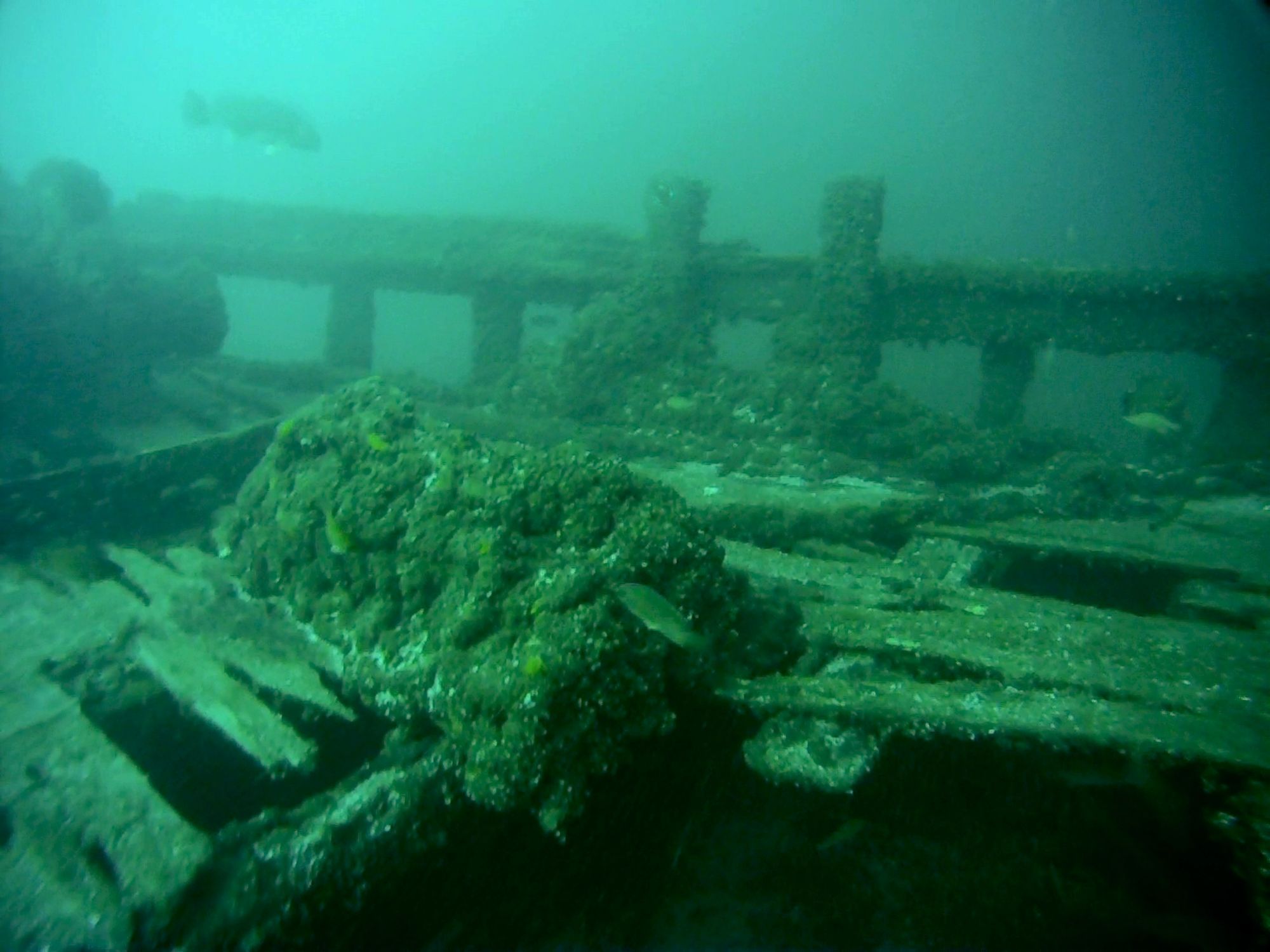
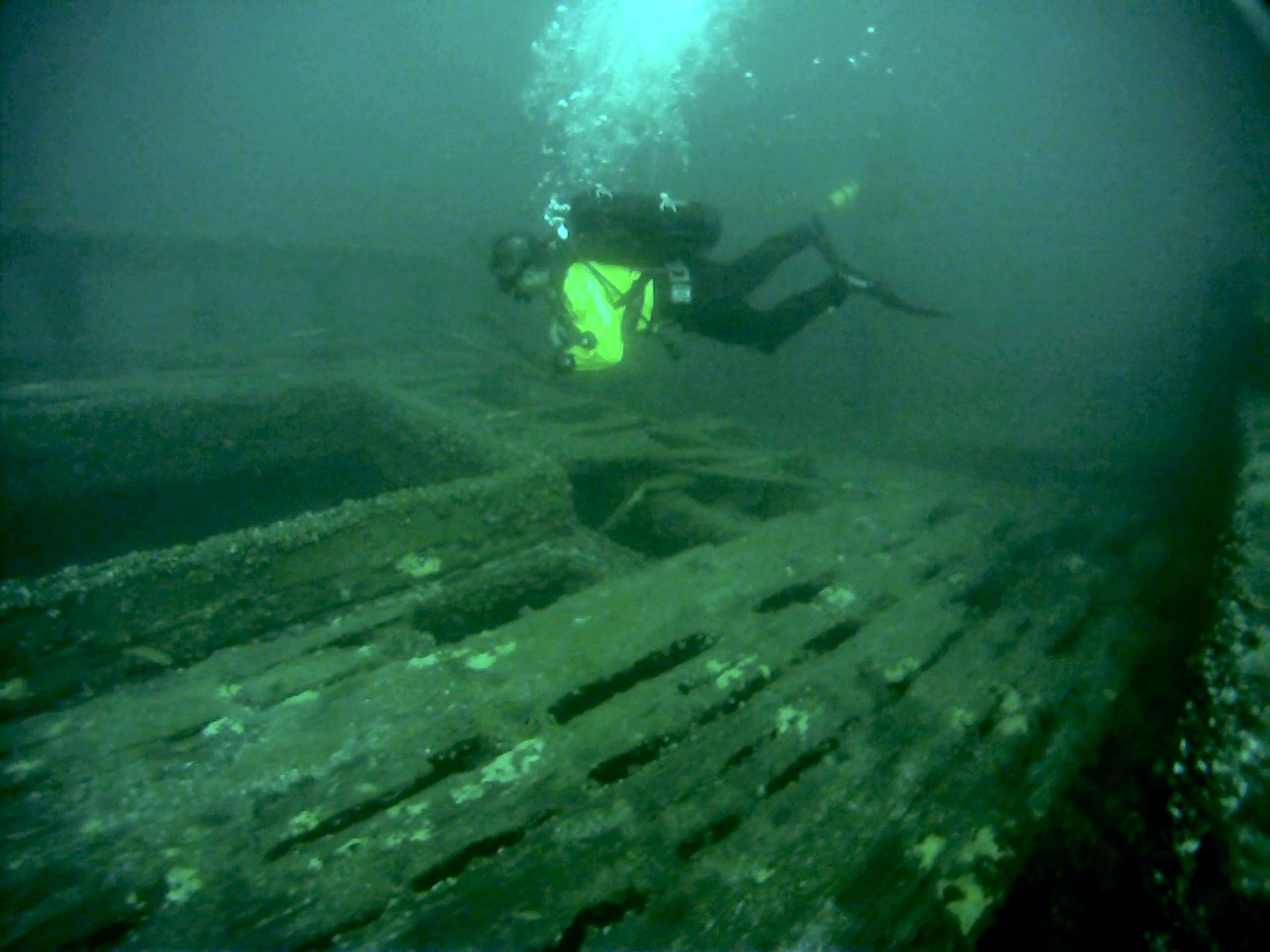
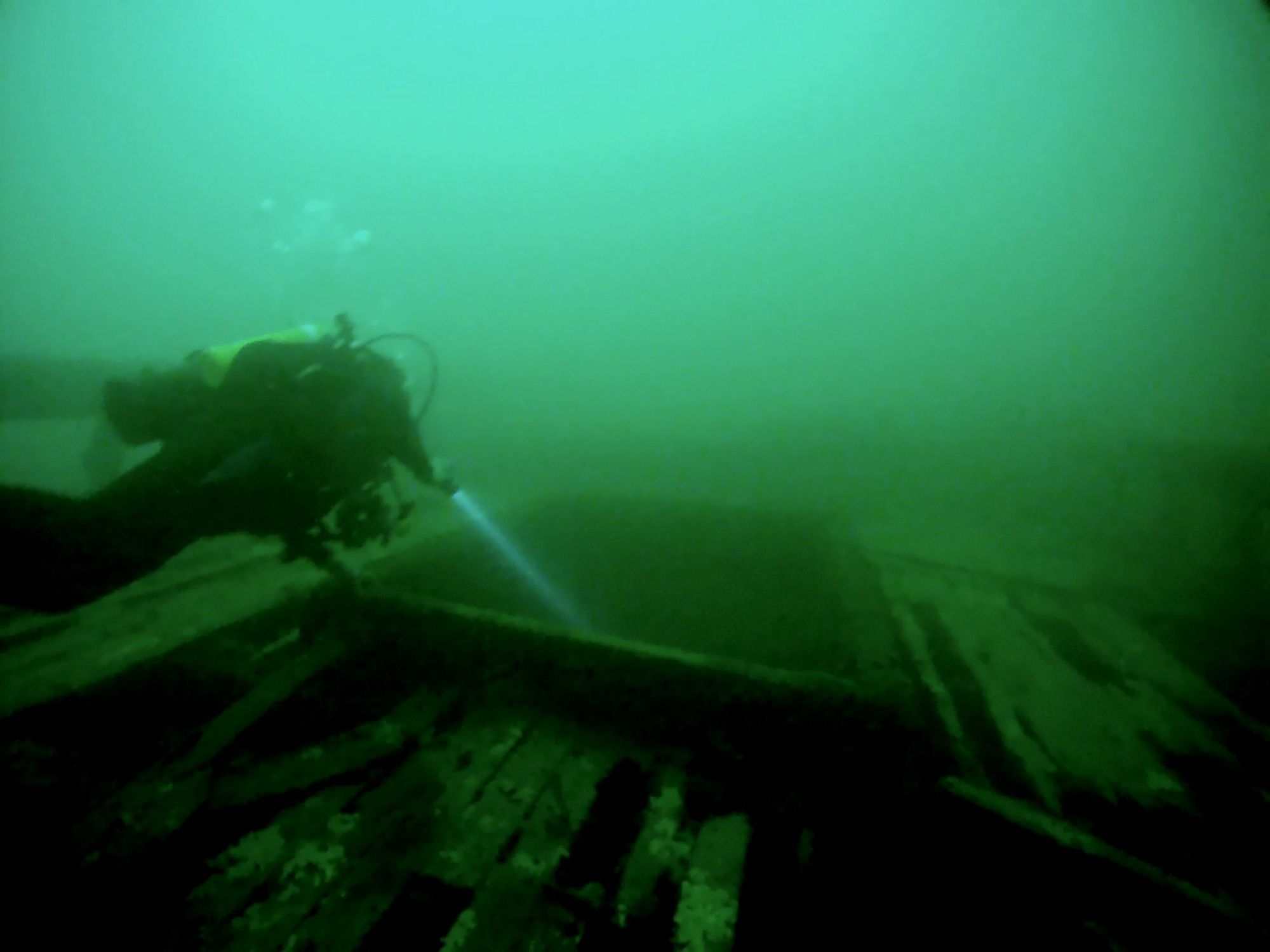
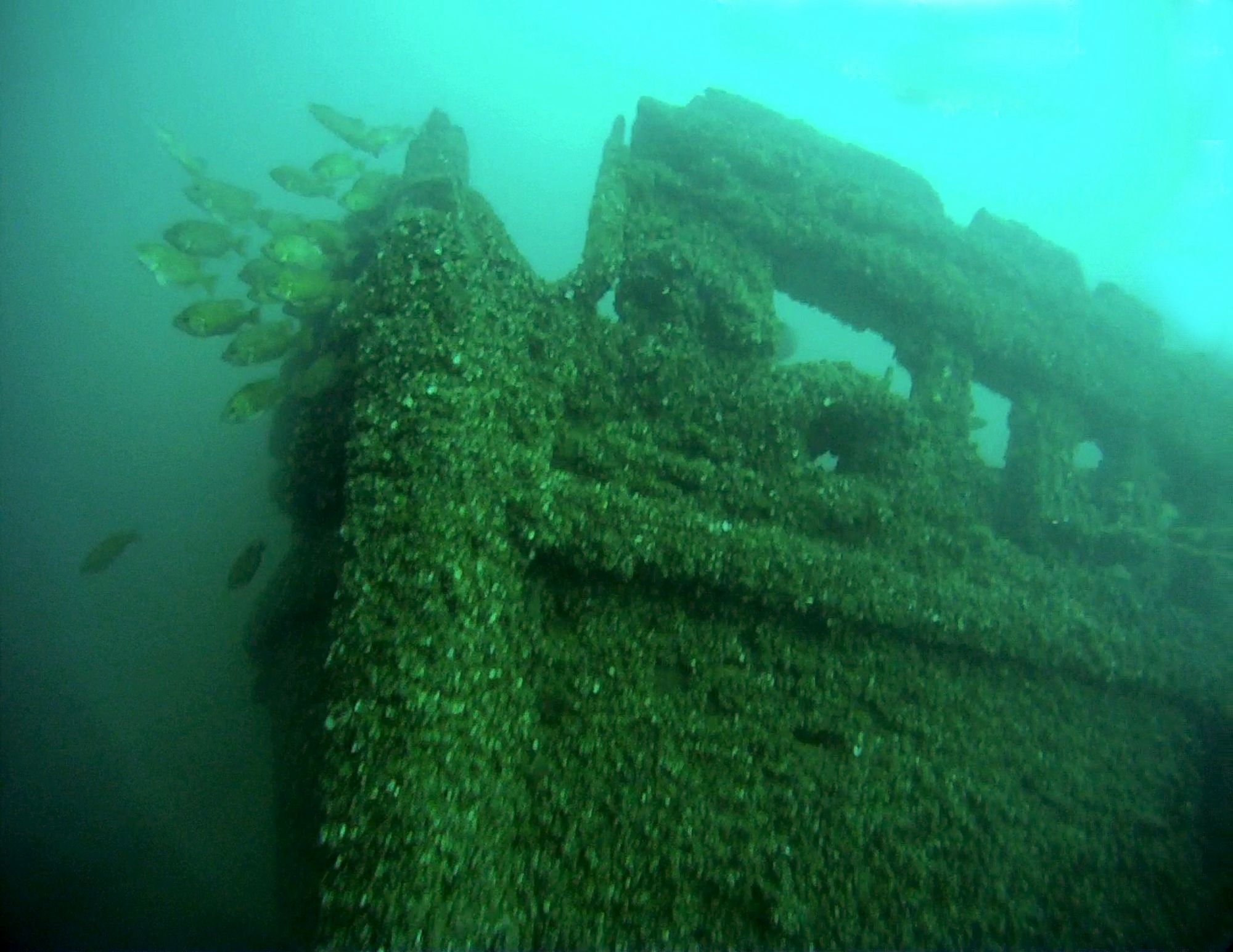
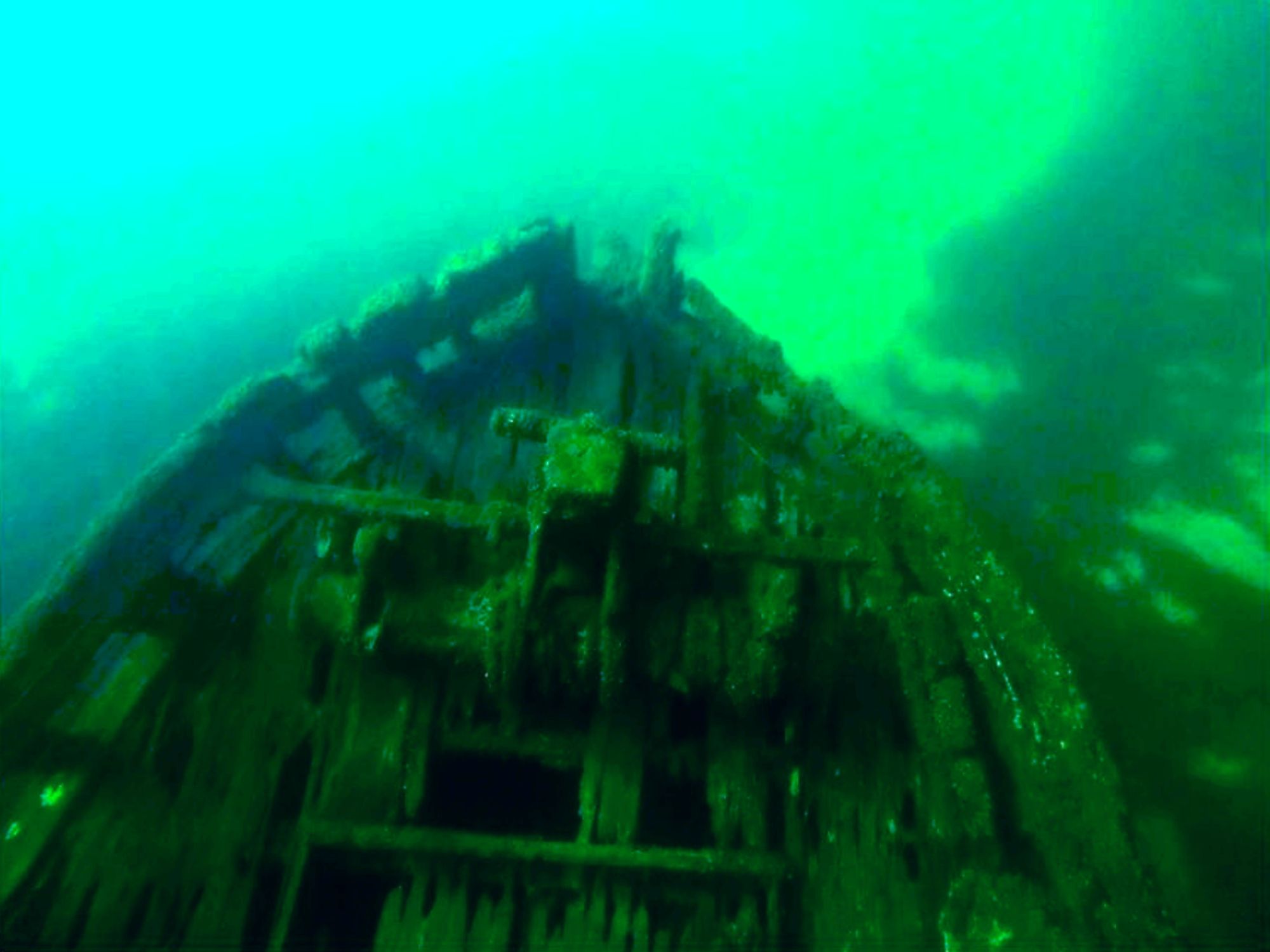
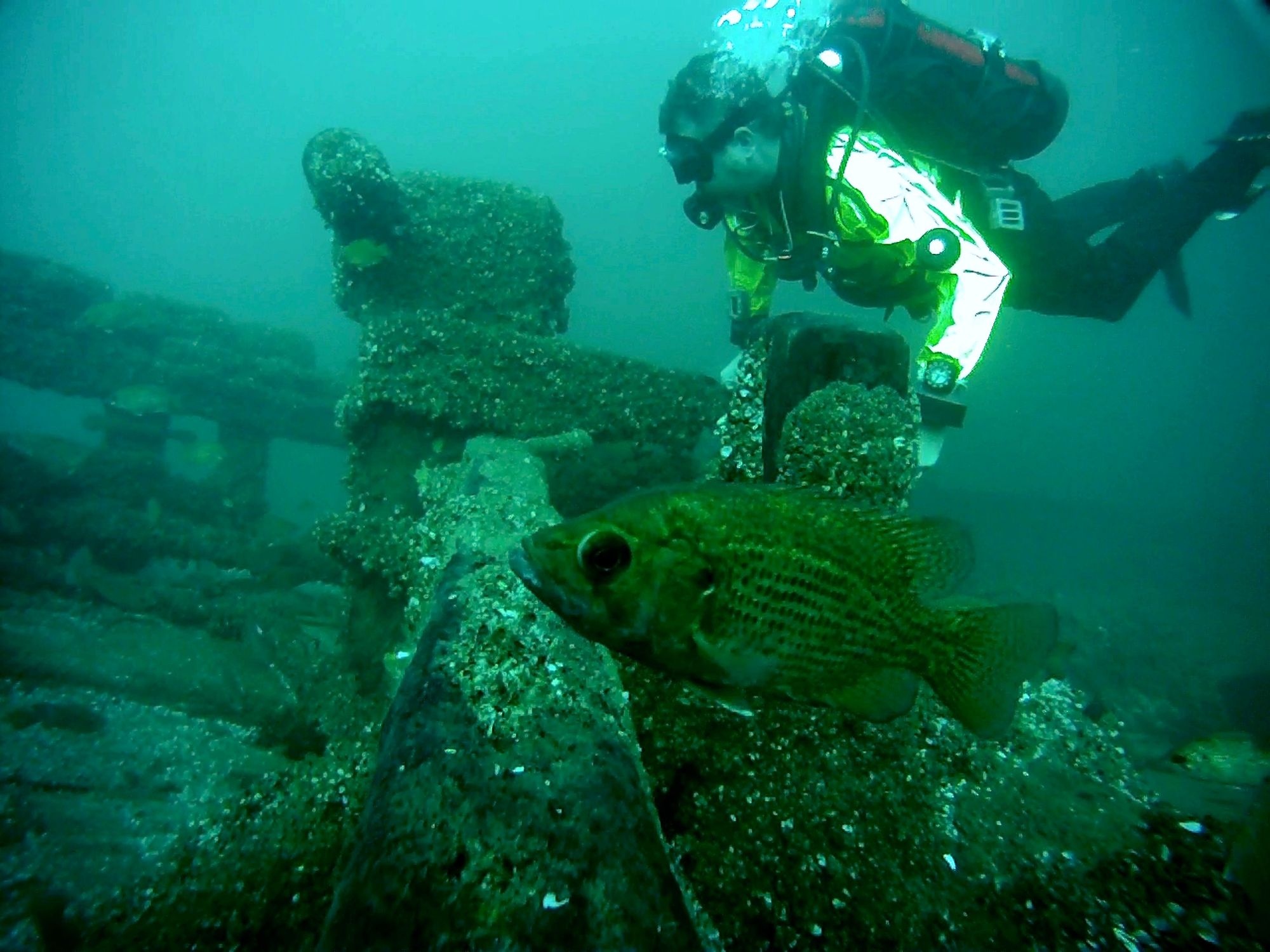
Notes and References:
* libel, in admiralty law, is the first pleading of the complainant.
** Enrollment of vessels: In the laws of the United States on the subject of merchant shipping, the recording and certification of vessels employed in coastwise or inland navigation; as distinguished from the “registration” of vessels employed in foreign commerce.
· Brockville Recorder and Times, August 21, 1889
· Chicago Inter Ocean, August 21, 1889
· Great Lakes Maritime Database, Alpena Public Library
· Ogdensburg Journal, March 26, 1915· Oswego Daily Times, August 17, 1889
· Port of Oswego Enrollment records, Penfield Library
· SUNY-Oswego Syracuse Standard, August 17, 1889
· Toronto Globe, April 10, 1890
· Shipwrecks of the Thousand Islands, By Dennis McCarthy and Skip Couch. Blue Ledge Systems Inc. 2010
By Richard Palmer
Richard F. Palmer is a retired newspaper editor and reporter, and was well known for his weekly historical columns for the “Oswego Palladium-Times”, called "On the Waterfront." His first article for TI Life was written in January 2015 and since then, he has written a dozen-plus others. He is a voracious researcher, and TI Life readers benefit from his interesting findings. Click here to see some of Richard Palmer’s TI Life Articles.
Posted in: Volume 16, Issue 3, March 2021, History, People, Places, Sports
Please click here if you are unable to post your comment.
